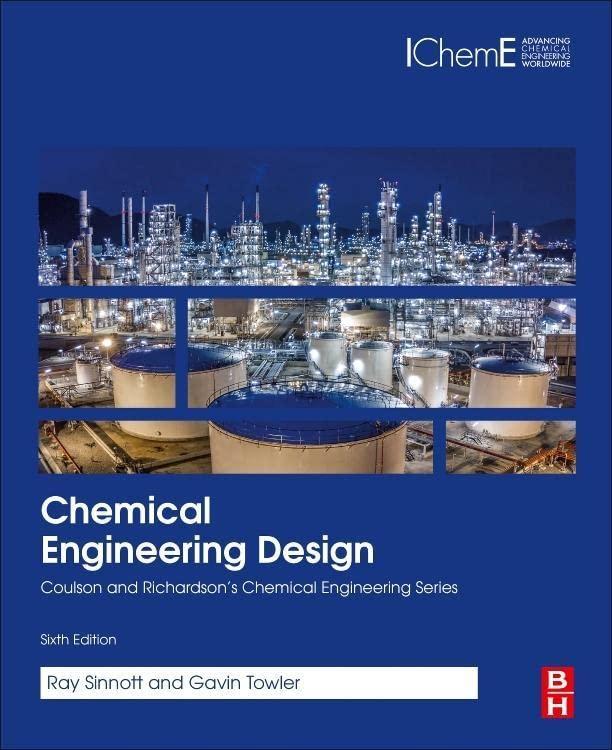Laboratory test data for a trip system shows a failure rate of 0.2 per year. If the
Question:
Laboratory test data for a trip system shows a failure rate of 0.2 per year. If the demand rate is once every two years and the test interval is six months, what is the hazard rate? Should a parallel system be installed?

Hazard rate for single system, F = δ ϕ = 0.5 × 0.05 = 0.025, i.e., once in every 40 years. Many plants operate for more than 20 years, so this is probably too high a failure rate to be acceptable. If two systems are used in parallel then:

Two systems in parallel should be used, or alternatively, the test frequency could be increased to, say, once every two months, giving a more acceptable failure rate of once in every 120 years. Whether the test frequency could be increased will depend on the extent to which testing the device disrupts plant operations. On a large plant with many safety trips and interlocks it may not be possible to test every system on a frequent basis.
The data on probabilities given in this example are for illustration only, and do not represent actual data for these components. Some quantitative data on the reliability of instruments and control systems is given by Mannan (2011). Examples of the application of quantitative hazard analysis techniques in chemical plant design are given by Wells (1996) and Prugh (1980).
The Centre for Chemical Process Safety (CCPS) of the American Institute of Chemical Engineers has published a comprehensive and authoritative guide to quantitative risk analysis, CCPS (1999). The CCPS has also collected extensive data on device reliability; see CCPS (1989).
Several other texts are available on the application of risk analysis techniques in the chemical process industries; see CCPS (2008), Frank and Whittle (2001), Cameron and Raman (2005), Crowl and Louvar (2011), Arendt and Lorenzo (2000), Kales (1997), Dodson and Nolan (1999), Green (1983) and Kletz (1999b).
Step by Step Answer:

Chemical Engineering Design
ISBN: 9780081025994
6th Edition
Authors: Ray Sinnott, R.K. Sinnott, Sinnott Gavin Towler





